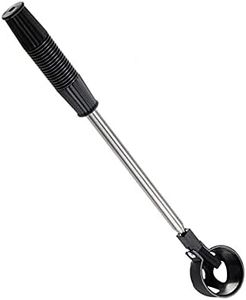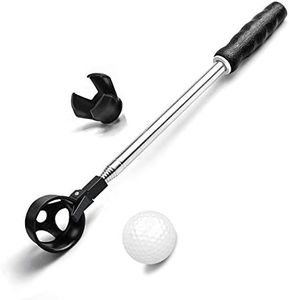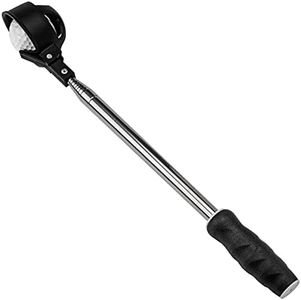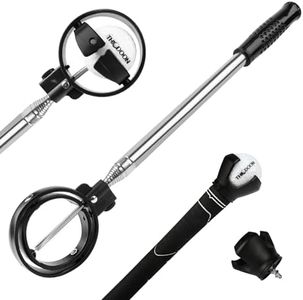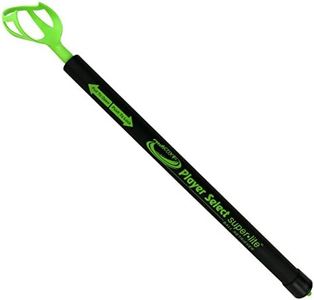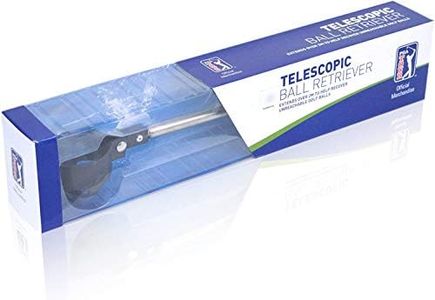We Use CookiesWe use cookies to enhance the security, performance,
functionality and for analytical and promotional activities. By continuing to browse this site you
are agreeing to our privacy policy
10 Best Golf Ball Retrievers
From leading brands and best sellers available on the web.Recommended lists
Buying Guide for the Best Golf Ball Retrievers
Choosing the right golf ball retriever can make your game more enjoyable and save you money by recovering lost balls. When selecting a golf ball retriever, consider the key specifications that will best suit your needs and playing style. Here are some important factors to consider:LengthThe length of a golf ball retriever determines how far you can reach to retrieve a ball. This is important because it allows you to recover balls from difficult spots like water hazards or thick bushes. Retrievers typically range from 6 to 18 feet. Shorter retrievers (6-9 feet) are more compact and easier to carry, making them suitable for casual golfers who don't often lose balls in hard-to-reach places. Medium-length retrievers (10-14 feet) offer a good balance between reach and portability, ideal for most golfers. Longer retrievers (15-18 feet) provide maximum reach but can be bulkier, best for those who frequently play on courses with many water hazards or dense vegetation.
MaterialThe material of the retriever affects its durability and weight. Common materials include aluminum, stainless steel, and fiberglass. Aluminum retrievers are lightweight and resistant to rust, making them easy to carry and maintain. Stainless steel retrievers are more durable and can handle rough use, but they are heavier. Fiberglass retrievers offer a balance between weight and durability, providing a sturdy yet manageable option. Choose a material based on how often you play and the conditions of the courses you frequent.
Handle GripThe handle grip of a golf ball retriever impacts comfort and control. A good grip ensures that you can hold the retriever securely, even in wet conditions. Look for retrievers with ergonomic, non-slip grips made from rubber or foam. These materials provide cushioning and prevent slipping, making them ideal for all weather conditions. If you play in rainy or humid environments, prioritize a retriever with a high-quality grip to maintain control.
Head DesignThe head design of the retriever determines how easily you can scoop up a ball. Common designs include scoop, spring, and cup heads. Scoop heads are simple and effective for retrieving balls from flat surfaces. Spring heads use a spring mechanism to trap the ball, making them useful for retrieving balls from water or uneven terrain. Cup heads have a cup-like structure that securely holds the ball, ideal for all types of surfaces. Choose a head design based on the types of hazards you encounter most frequently.
PortabilityPortability is important for convenience and ease of use. Retrievers that are lightweight and collapsible are easier to carry around the course. Look for retrievers that can be compacted to a small size for easy storage in your golf bag. If you prefer to travel light, prioritize a retriever that is both lightweight and collapsible, ensuring it doesn't add unnecessary bulk to your gear.

